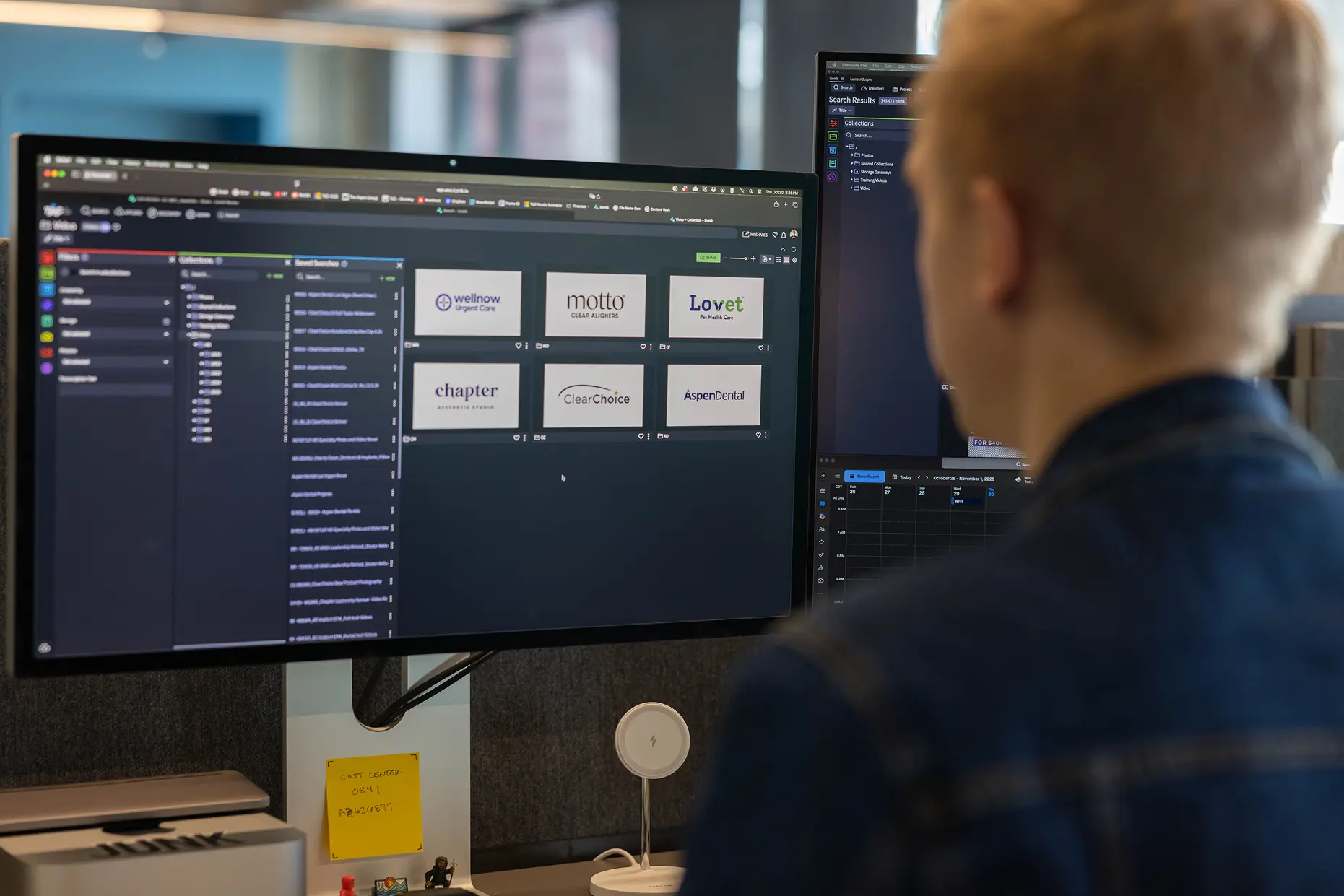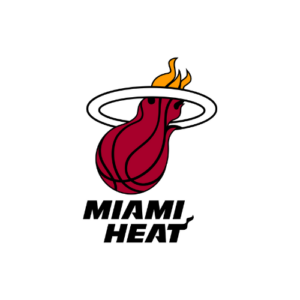Piecing together how the human brain functions is an extremely complex puzzle. USC Mark and Mary Stevens Neuroimaging and Informatics Institute (INI) plays a vital role in solving these problems. At INI, scientists access the most advanced tools and technologies to make unprecedented breakthroughs in treatments for brain injury and disease.
INI houses the largest collection of research neurological scans on earth, attracting researchers from every continent. As the volume and granularity of these images increase, the institute’s storage capacity has grown at 100 to 150 terabytes per year. The challenge was that INI’s previous disk and tape storage could not scale or deliver the performance to meet ever-expanding research demands.
To address this issue, INI deployed Dell EMC Isilon scale-out storage for its entire library of brain scans, complemented by Dell EMC XtremIO all-flash storage to run its VMware environment. The Dell EMC solution enables INI to ensure fast, global access to brain scans required for advanced clinical research and sustain high performance for websites announcing the latest discoveries.
INI deployed 63 Dell EMC Isilon NL-Series nodes to provide 5.5 petabytes of available storage in a high-performance computing (HPC) infrastructure that includes Cisco Unified Computing System (UCS). The institute has populated Isilon with 2.5 petabytes of active data—primarily brain scan images accessed globally by 8,000 scientific and clinical researchers. Isilon also supports MySQL applications running on bare-metal servers, which extract, transform, and load (ETL) images when requested by researchers.
The institute relies on Isilon software, including SmartConnect, SmartPools, and SnapshotIQ, for streamlined storage administration and data protection. In addition, INI uses 17 Isilon accelerators and Dell EMC NetWorker to back up Isilon data to tape.
Dell EMC XtremIO provides INI with storage for 140 VMware virtual machines (VMs)— about 75 percent of its compute environment. The VMs run a variety of web services such as LAMP and Tomcat supporting 55 websites.
IMT architected and implemented INI’s complete HPC solution. Jason Kranitz, IMT’s senior vice president of sales, remarks, “Our goal was to build a best-of-breed HPC solution and integrate a complete technology stack from Dell EMC and Cisco. The results are impressive.”
With Isilon, INI enabled faster access to neuroimaging data. In fact, performance continually increases as it adds Isilon nodes. For example, INI’s initial 33 Isilon nodes delivered throughput of 220,000 I/O per second. Since adding 30 nodes, throughput increased to 350,000 I/O per second.
Grace Liang-Franco, INI’s senior administrator, comments, “Isilon’s performance has been amazing. Our researchers can get at large data sets much faster and perform more complex studies that ultimately lead to new health discoveries.”












